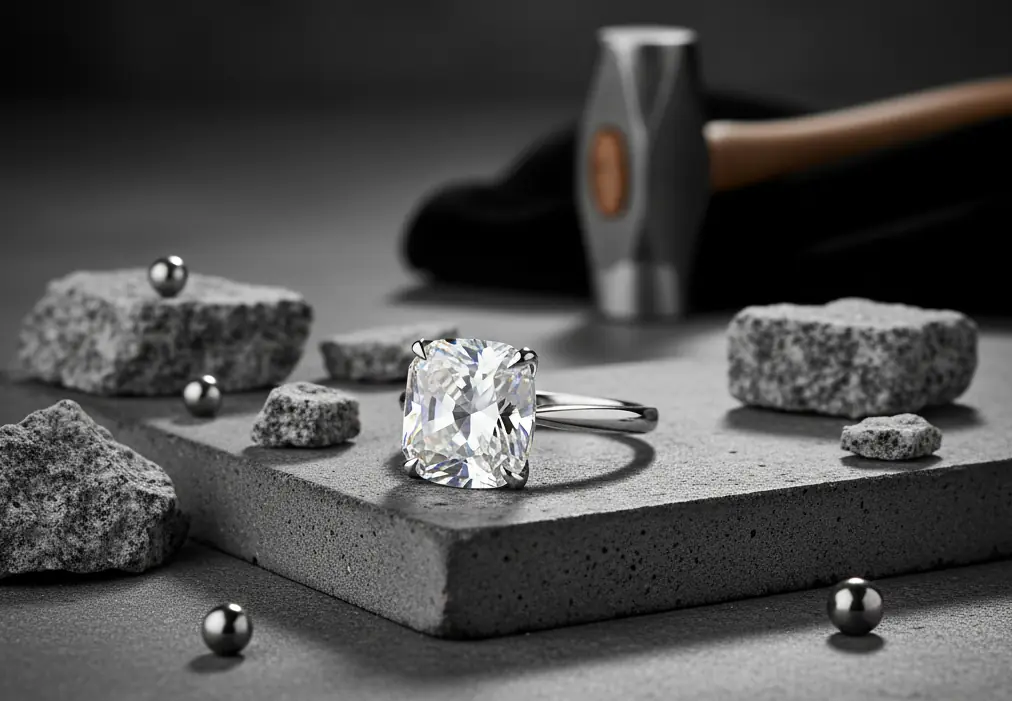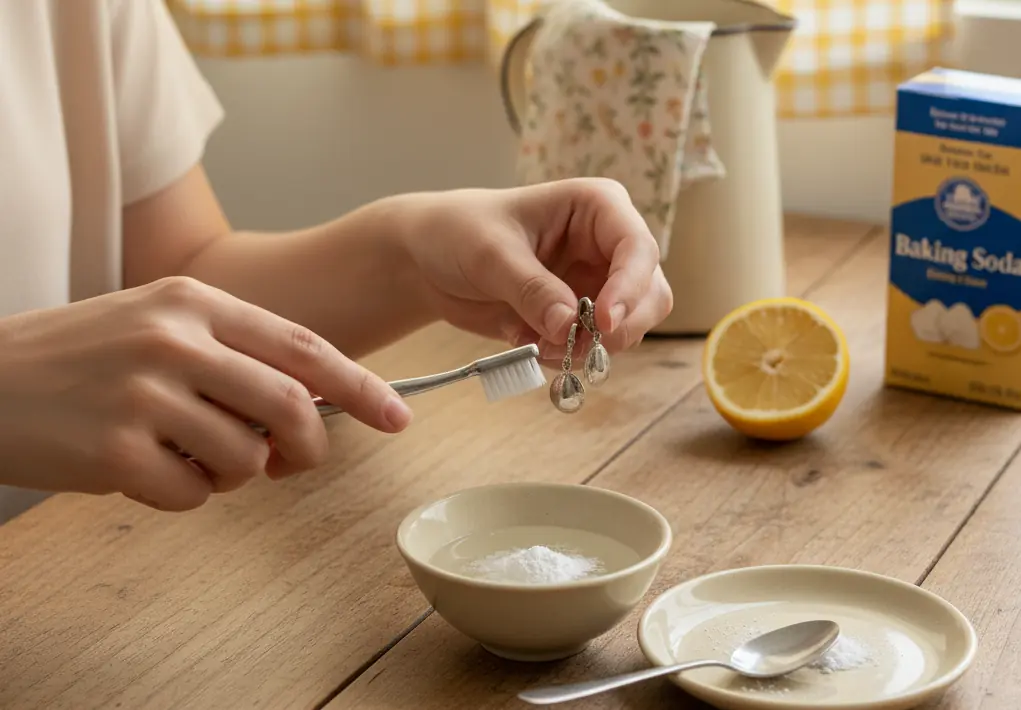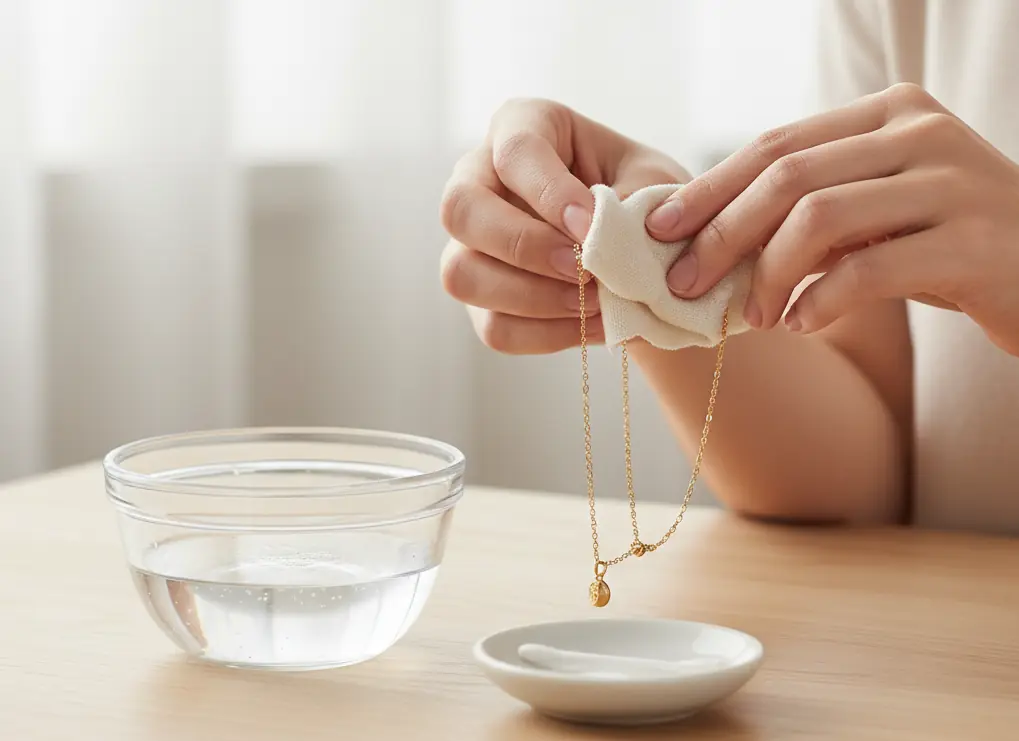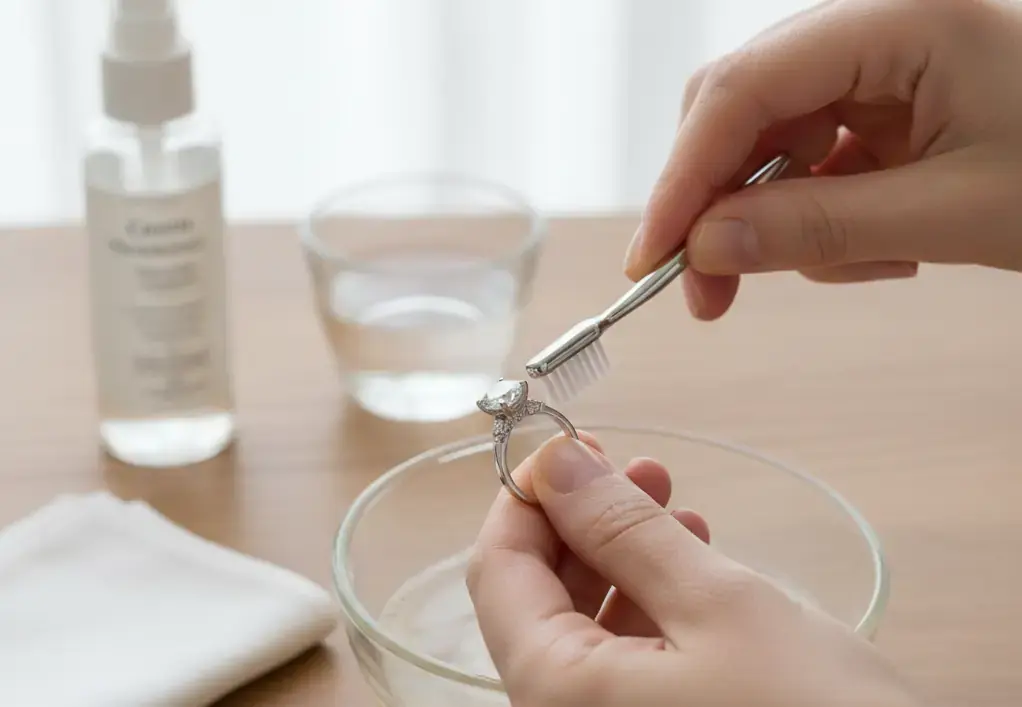Is Moissanite Jewelry Built to Last? Unpacking its Durability
When considering fine jewelry, especially for pieces intended for daily wear like engagement rings or everyday necklaces, durability is a paramount concern. Consumers often weigh the longevity of a gemstone against its aesthetic appeal and cost. In recent years, moissanite has emerged as a popular alternative to traditional diamonds, lauded for its brilliance and affordability. But a crucial question remains: how durable is moissanite jewelry?
The answer is overwhelmingly positive. Moissanite boasts impressive durability, making it a robust choice for various jewelry applications. This durability stems from its unique chemical and physical properties, which we will delve into below.
Understanding Moissanite's Hardness: The Mohs Scale Explained
The most common metric for assessing a gemstone's scratch resistance is the Mohs scale of mineral hardness. Developed by Austrian geologist Friedrich Mohs in 1812, this scale ranks minerals based on their ability to scratch one another. A higher number on the Mohs scale indicates a harder material.
- Diamond: Occupies the top spot on the Mohs scale with a hardness of 10. It is the hardest naturally occurring substance on Earth.
- Moissanite: Ranks a remarkable 9.25 on the Mohs scale. This places it significantly above most other gemstones used in jewelry.
- Sapphire and Ruby: These precious gemstones rank 9 on the Mohs scale.
- Emerald: Typically ranks between 7.5 and 8 on the Mohs scale.
- Quartz: A common mineral, quartz ranks 7 on the Mohs scale.
As you can see, moissanite's hardness of 9.25 means it is exceptionally resistant to scratching and abrasion. This is a critical factor for jewelry that will be exposed to the rigors of daily life.
Scratch Resistance: A Key to Longevity
Jewelry can be subjected to countless minor abrasions throughout the day – from accidental brushes against hard surfaces like countertops, walls, or even other jewelry. A softer gemstone can quickly develop microscopic scratches that dull its luster and detract from its beauty over time. Moissanite's high ranking on the Mohs scale makes it highly resistant to these everyday hazards.
For instance, while a diamond might be able to scratch moissanite due to its perfect 10 rating, moissanite is unlikely to be scratched by any other common material it might encounter in daily wear. This means that a moissanite stone, when properly cared for, will retain its original sparkle and clarity for generations.
Impact Resistance and Toughness
While hardness refers to a material's resistance to scratching, toughness refers to its resistance to chipping or breaking. Moissanite also performs admirably in this regard. While not as tough as diamond, it is still considered a very tough gemstone, especially when compared to more brittle stones like emeralds.
The cut and setting of a moissanite stone can also influence its overall toughness. A well-protected setting, such as a bezel setting or a prong setting with thicker prongs, can offer additional security against impacts. However, for most standard jewelry wear, moissanite is sufficiently tough to withstand accidental knocks and bumps.
Moissanite vs. Diamond Durability
It's natural to compare moissanite's durability to that of diamonds, the traditional benchmark for gemstone hardness. While diamonds are undeniably the hardest substance, moissanite is incredibly close. For practical purposes in jewelry wear, the difference between a Mohs hardness of 10 and 9.25 is often negligible.
Both diamonds and moissanite are excellent choices for engagement rings and other fine jewelry intended for continuous wear because they are highly resistant to scratches and abrasions. The choice between them often comes down to personal preference, budget, and ethical considerations, rather than a significant difference in their ability to withstand daily wear.
Care and Maintenance for Long-Lasting Sparkle
While moissanite is incredibly durable, proper care will ensure its enduring brilliance. Like all jewelry, moissanite can accumulate oils and dirt from everyday exposure, which can slightly diminish its sparkle. Regular cleaning is recommended.
- Gentle Cleaning: Use a soft brush, warm water, and mild dish soap to gently clean your moissanite jewelry.
- Avoid Harsh Chemicals: Steer clear of abrasive cleaners, ultrasonic cleaners (unless specifically recommended by the jeweler for the setting), and harsh chemicals like chlorine or bleach, which can damage the metal settings or, in rare cases, affect the stone's surface over extended periods.
- Storage: Store your moissanite jewelry separately from other pieces to prevent scratches, especially from harder gemstones or metal components of other jewelry. A soft pouch or a lined jewelry box is ideal.
Conclusion: Moissanite is a Durable Choice
In conclusion, moissanite jewelry is exceptionally durable. Its high ranking on the Mohs scale ensures outstanding resistance to scratches and abrasions, making it ideal for pieces that are worn daily. While diamonds are the hardest, moissanite's 9.25 hardness offers comparable performance for the vast majority of jewelry applications. With basic care and maintenance, moissanite jewelry will maintain its breathtaking sparkle and integrity for a lifetime, offering a beautiful and enduring option for discerning consumers.



